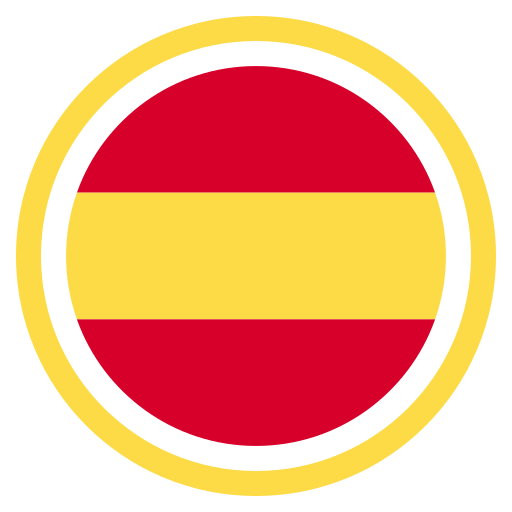 Palestra: Effective synthesis of iron and vanadium nanocomposites with reduced graphene oxide for the photodecomposition of dyes
Palestra: Effective synthesis of iron and vanadium nanocomposites with reduced graphene oxide for the photodecomposition of dyes
Resumo da Palestra: Water contamination is one of the major environment-related issues. It is associated not only with health problems, but with severe socioeconomic impacts, and synthetic dyes play a crucial role. Indigo carmine (IC) is an artificial vibrant blue dye, spread worldwide due to its use in denim making, but it is toxic, mutagenic, and very stable in nature. Among different techniques used to remediate dying wastewater pollution, heterogeneous photocatalysis of organic dyes emerges as a promising approach due to its advantages, such as catalyst recovery and reuse, use in mild conditions and pollutant chemical transformation. These reactions are considered advanced oxidative processes (AOPs). Nanocomposites of magnetite (Fe3O4) anchored on reduced graphene oxide (RGO) with different Fe3O4: RGO mass ratios and V 2 O 5 nanostructures with different morphologies as rods (B), massive microspheres (EM) and core- shell microspheres (CS), also anchored on RGO were synthesized, characterized and evaluated in indigo carmine (IC) photo Fenton discoloration. The Fe3O4:RGO nanocomposites presented high dispersion of iron oxide particles, at about 12nm on RGO surface sheets, though Fe3O4 high content related to RGO. The samples also showed bandgap energies below that found for bulk Fe3O4, showing an important effect of RGO. The complete IC discoloration was obtained after 30 min of reaction with Fe:RGO 17:1. XPS Fe2p3/2 showed that Fe3+/Fe2+ ratio was maintained even after three recycles (4 runs), meaning that RGO is responsible for stabilizing Fe3O4 particles, thus maintaining its photocatalytic activity. In the V 2 O 5 :RGO systems, V 2 O 5 - B/RGO showed the best performance probably due to the presence of V +4 (structural defects). Among the V 2 O 5 nanostructures, V 2 O 5 -B was the best and V 2 O 5 -CS the worst. After addition in RGO, the performance of the V 2 O 5 -B/RGO catalyst increased by 37% and the V 2 O 5 -CS/RGO increased by 48%. In this system, the pH of the reaction medium can increase the degree of reaction discoloration.





